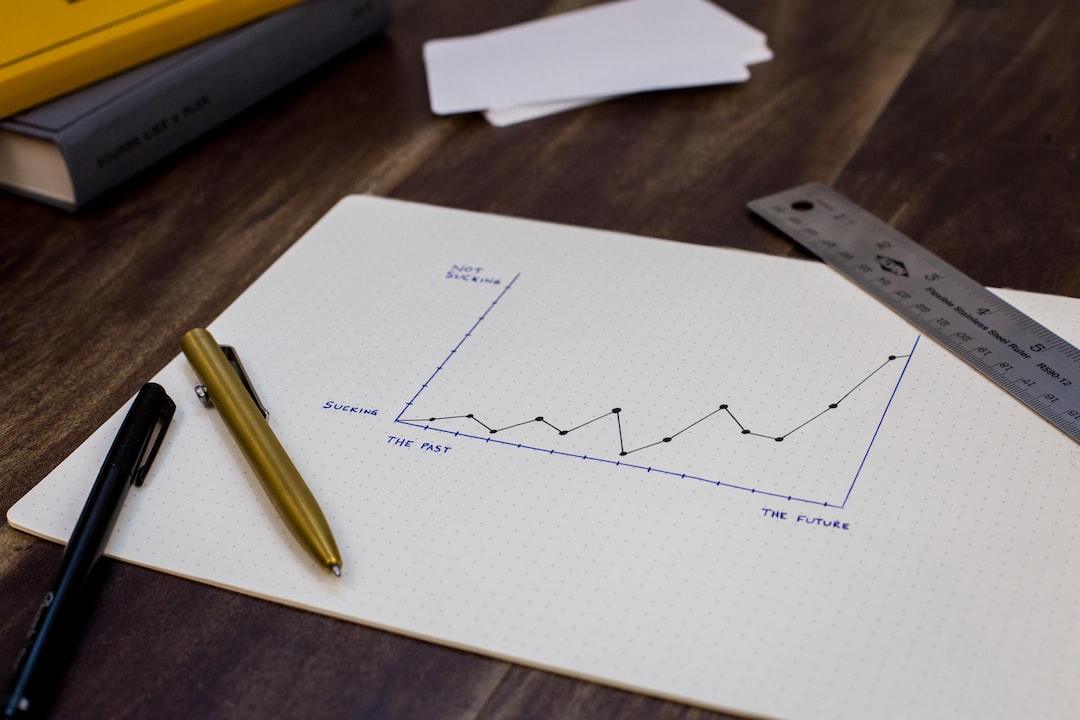As a forex trader, you always want to be able to predict the movement of the market accurately. One way to do this is by using indicators. Indicators are mathematical calculations that are based on the price and/or volume of a currency pair. They help traders to understand the market trends and to identify potential entry and exit points.
While there are many indicators readily available in most trading platforms, creating your own indicator can provide a competitive edge in the forex market. In this article, we will explain how you can create your own indicator forex.
Step 1: Define Your Strategy
The first step in creating your own indicator is to define your trading strategy. Indicators are only useful if they are based on a sound trading strategy. You need to determine what market conditions you want to trade in and what kind of signals you want your indicator to generate. For example, you may want to create an indicator that identifies trends, signals overbought or oversold conditions or identifies support and resistance levels.
Step 2: Choose Your Indicator Type
Once you have defined your trading strategy, you need to choose the type of indicator you want to create. There are four main types of indicators: trend, momentum, volatility, and volume. Each type of indicator has its own unique features and trading signals. You need to choose the type that best suits your trading strategy.
Step 3: Choose Your Calculation Method
After choosing your indicator type, you need to choose the calculation method. There are two main calculation methods: price-based and volume-based. Price-based indicators are based on the price movement of the currency pair, while volume-based indicators are based on the trading volume of the currency pair.
Step 4: Code Your Indicator
Once you have chosen your indicator type and calculation method, you need to code your indicator. You can either code the indicator yourself or hire a programmer to do it for you. Most trading platforms have built-in programming languages such as MQL4 or MQL5, which you can use to code your indicator.
When coding your indicator, you need to ensure that it is accurate, efficient, and reliable. You also need to test your indicator thoroughly to ensure that it generates accurate signals.
Step 5: Backtest Your Indicator
After coding your indicator, you need to backtest it. Backtesting involves testing your indicator on historical data to see how it would have performed in the past. This will help you to identify any weaknesses in your trading strategy and to fine-tune your indicator.
Step 6: Optimize Your Indicator
After backtesting your indicator, you need to optimize it. Optimization involves adjusting the parameters of your indicator to maximize its performance. You need to find the right balance between sensitivity and reliability.
Step 7: Implement Your Indicator
Once you have optimized your indicator, you can implement it in your trading strategy. You can use your indicator to generate trading signals and to identify potential entry and exit points. You should also continue to monitor and fine-tune your indicator to ensure that it continues to generate accurate signals.
In conclusion, creating your own indicator forex can provide a competitive edge in the forex market. However, it requires a sound trading strategy, knowledge of programming languages, and a lot of testing and tweaking. If you are not comfortable with coding, you can hire a programmer to do it for you. But, it is important to remember that no indicator is foolproof, and you should always use other forms of analysis to confirm your trades.





